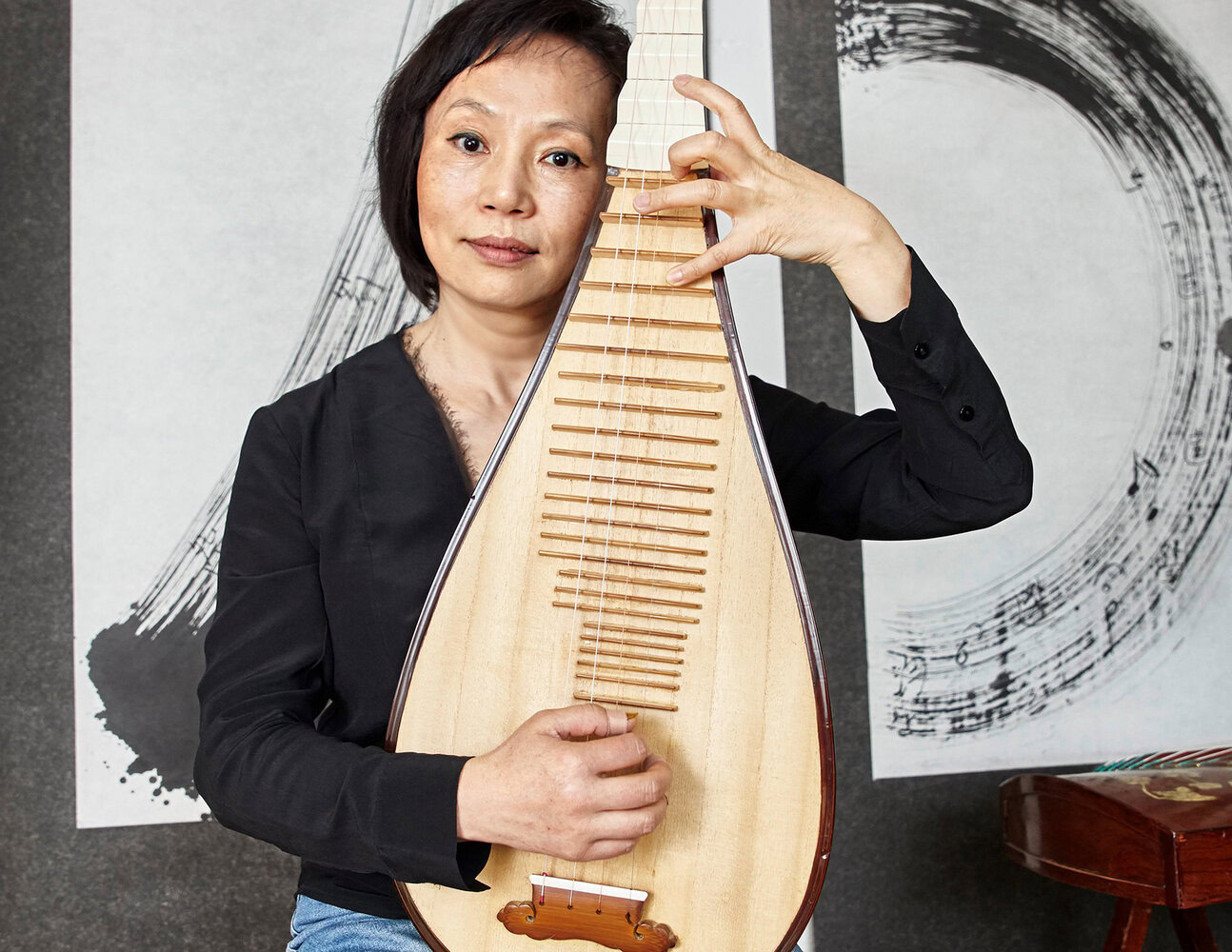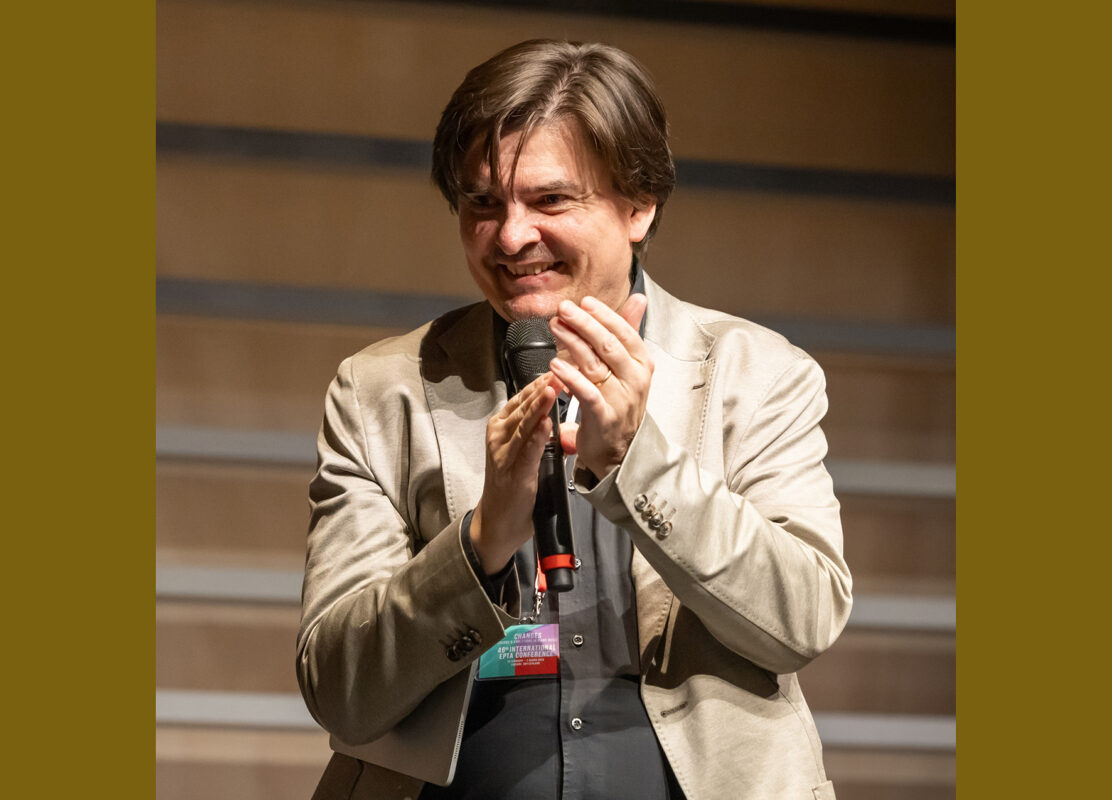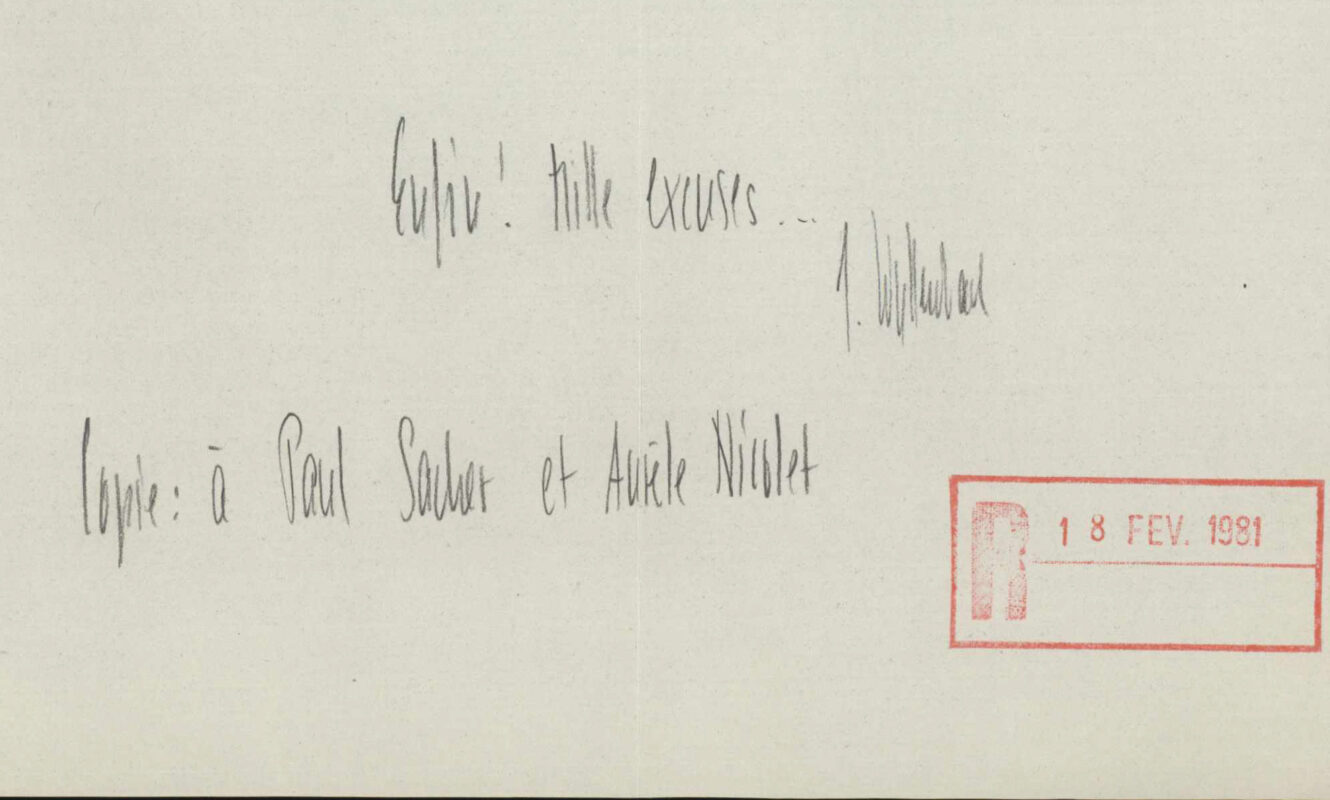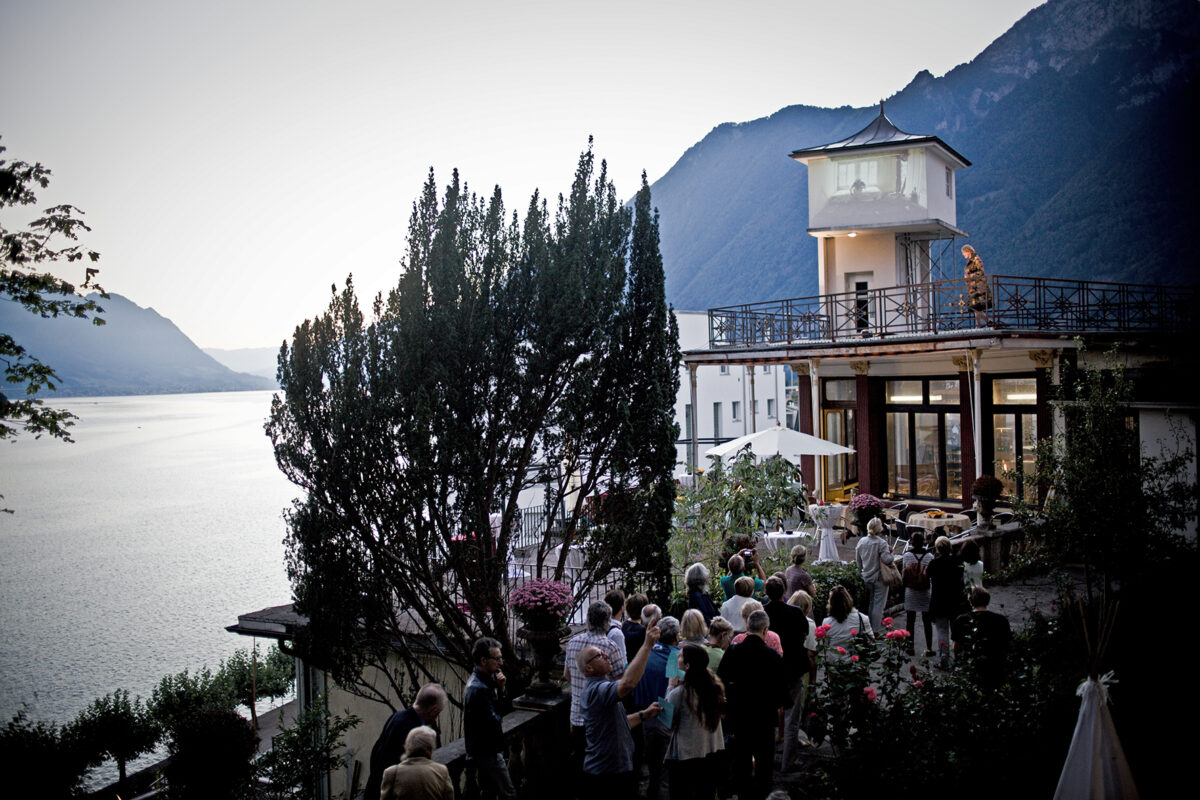The changeable sound of the Y-Pipa
Pipa virtuoso Yang Jing has added an electronic module to the traditional Chinese plucked string instrument.

At the first concert of the Lucerne Festival in summer 2025, I performed with the new Y-Pipa for the first time, together with saxophonist and composer Daniel Schnyder and a mixed ensemble at the KKL. Since 2024, I had already used this instrument, which I developed with the Swiss guitar restorer Matthias Pulfer, in numerous classical chamber music formations - with success.
The electronic module used in the traditional Chinese pipa preserves the original sound character of the instrument and at the same time opens up new dimensions of the wave movement of the sound in space through electrical transformation. The tonal texture of the acoustic solo instrument is preserved, while at the same time the plasticity of the sound is enhanced.
The players can adapt the sound to the respective acoustic situation at any time during the live performance, be it in the concert hall, in the theater or outdoors. Collaboration with ensembles of different styles is also effortless. At the same time, the Y-Pipa can unfold the timbres of different historical epochs. The instrument can also neutralize the pipa sounds, so that it not only sounds good solo, but also supports other instruments.
Waves - the invisible network of sound transmission
In physical terms, sound is nothing more than vibrations in the air. As soon as a string is plucked, its energy is transformed into continuous pressure waves of air via the wooden resonating body. We call them sound waves - a physical and emotional phenomenon at the same time: invisible, untouchable and yet they instantly fill the room, penetrating the ear and even the heart.
Sound waves have a period, frequency and amplitude. The frequency determines the pitch, the amplitude determines the volume and the waveform determines the timbre.
The strings of the pipa produce a complex network of overtones in the fleetingness of a finger strike. Each wave spreads from the point of attack in all directions. In the Y-pipa, this wave is transmitted through the electric module, frequencies can be adjusted and timbres can be specifically designed.
But as soon as the sound unfolds into the room, it is no longer alone. It hits walls, domes, windows and the bodies of the listeners, is reflected and refracted. The architecture of the room becomes a "second instrument". The electronics of the Y-Pipa can amplify the delicate waveforms and transform them into more powerful vibrations, so that the "second instrument" resonates more intensely.
Tone colors - the qualities of the individual tone
Today's living and listening environment is completely different from when traditional instruments were created. But modern technology enables us to find new forms of expression and at the same time relive old worlds of sound.
The Swiss-Chinese Y-pipa can emphasize the layering of individual notes in old pipa compositions particularly clearly. I myself once studied the art of tone color formation with the famous Chinese virtuoso Wang Fandi (1933-2017): how the angle of the right finger at the string attack or the vibrato technique of the left hand can shape the finest nuances. With the expanded electro-acoustic possibilities available today, the quality of a single note can be developed even more intensively: The differentiations become clearer, the cultural-philosophical depth more precisely audible.
Music - an art perfected by listening
In musical practice, the performance format, stage structure and concert hall size are the external framework conditions. A concert hall is designed to be as neutral as possible, with the emphasis on optimal acoustics. The musicians bring the art of music to the audience. Within the walls of large and small rooms or beyond the walls in nature, where the environment, plants and wind "play along", it gives the artists and the audience intense sensory and spiritual experiences.
The Y-Pipa is the fruit of decades of my stage practice and reflection. It makes me freer and happier both in performance and in rehearsal. Whether in the KKL Lucerne with a large orchestra or in a small theater in Zurich in dialogue with a piano: the Y-pipa always maintains the tonal balance. It not only expands the expressive possibilities of the pipa, but also opens up new ideas and working methods for composers and concert organizers. This makes the Y-pipa not only a tool for playing, an instrument, but also a medium of space and time. It allows the vibrations of music to continue to flow between the present and the future - rich in layers, colors and emotions.
Concerts from October 29 to November 2, 2025 in the Framework of the "Days for music between worlds - letting go" at Zurich's Stok Theater.
Wolfgang Böhler interviewed Yang Jing for the Swiss music magazine Schweizer Musikzeitung in 2019. Download PDF








